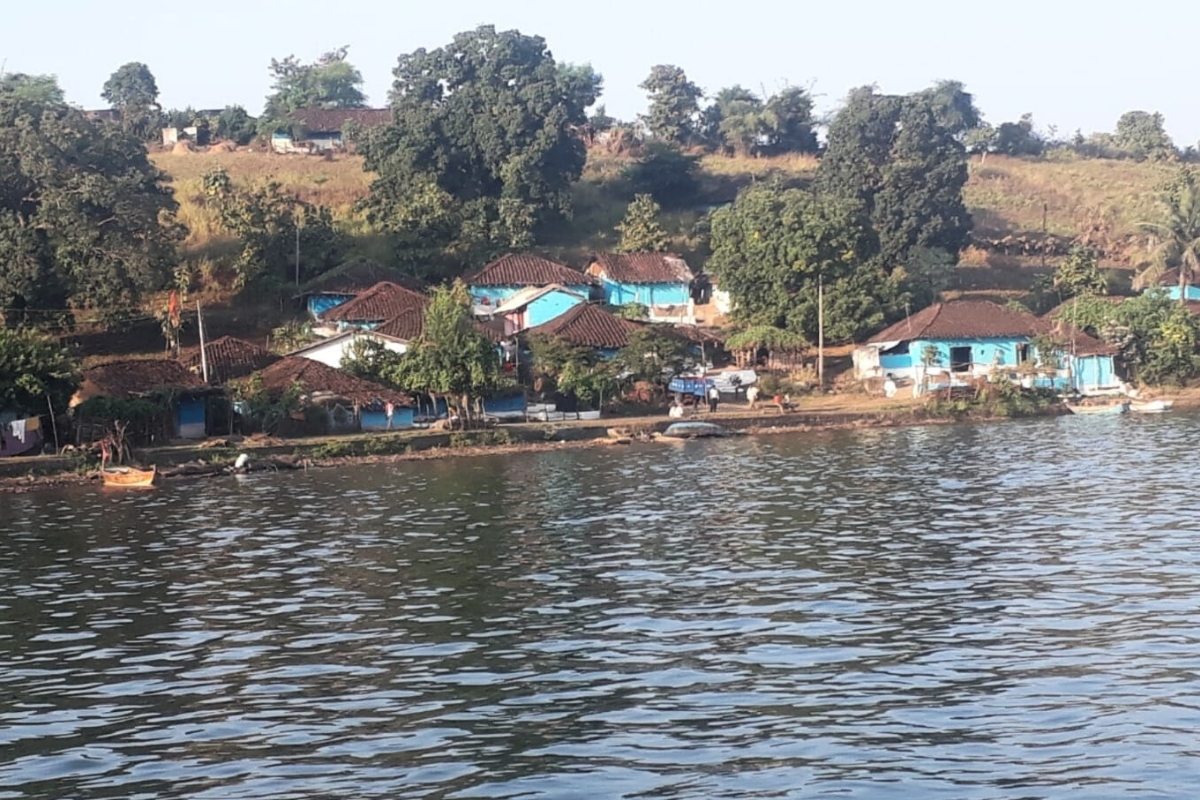The Global Platform for Disaster Risk Reduction, the main consultative forum that measures the dangers of catastrophes at a global level, ended last week in Bali, Indonesia, with a request to the governments of the world to immediately adopt and improve warning systems as well as investing in building greater resilience to lessen the frequency of calamities.
The meeting was organized by the UN Office for Disaster Risk Reduction (UNDRR) and the Indonesian government and was attended by representatives from 184 countries, international organizations and other stakeholders, who over three days assessed progress regarding the protection of communities from climate threats and other catastrophes.
However, very low coverage was shown for countries that have multi-hazard early warning systems, a vital form of protection against disasters such as floods, droughts and volcanic eruptions. In fact, only 95 nations have this alarm, including Africa and the least developed countries.
The forecast indicates that between now and 2030, 560 annual disasters or 1.5 per day are expected, which is why António Guterres, Secretary-General of the United Nations, has asked the governments of the world to ensure that this early warning system covers all the inhabitants of the planet within a period of five years, which “must include the communities at greatest risk with the adequate institutional, financial and human capacity to act as soon as there is a notice of this cut.”
On the other hand, the Global Platform congress launched the Mid-Term Review of the Sendai Framework for Disaster Risk Reduction, an international document adopted by the member countries of the UN, which promotes, as its name indicates. The substantial reduction of the risk of calamities and losses in lives means of subsistence, health and economic, physical, social, cultural assets and environmental risks of people, companies, communities and countries in the next 15 years, so investment in resilience and improved preparedness for an effective response will be necessary, although according to data provided by the Bali Agenda, funding it is still insufficient in most countries, especially in the budgets dedicated to prevention.
The meeting, which was the first UN international disaster forum since the start of the Covid-19 pandemic, was also held as the Mid-Term Review of the Sendai Framework for Risk Reduction was launched. of UN Disasters.
In light of the pandemic, the Bali Agenda highlighted the need to reassess the way risk is governed and policies are designed, as well as the types of institutional arrangements that need to be put in place at the global, regional and national levels. “Current recovery and reconstruction approaches are not effective enough to protect development gains or to build back better, greener and more equitably,” the summary says.
“The transformative lessons learned from the COVID-19 pandemic must be applied before the window of opportunity closes.” Delegates also shared progress since the last Global Platform in 2019, with a 33 per cent increase in the number of countries now developing disaster risk reduction strategies and reporting through the Sendai Framework Monitor, which measures progress towards global goals.
“While there has been some progress, such as in the development of new financing mechanisms and better linkages to climate action, data still points to insufficient investment and progress in disaster risk reduction in most countries, especially in investment in prevention,” he said.
“Less than half of countries reporting on Sendai Framework targets indicate having adequate, accessible and actionable disaster risk information.” The Bali Agenda for Resilience will be carried out at COP27, the G20 and the Mid-Term Review of the Sendai Framework.
The road to COP 27—Scaling up joint action to reduce climate-related disasters: Loretta Hieber Girardet, Head, Risk Knowledge, Monitoring and Capacity Development Division, UNDRR, moderated the session, stating that the session was to objective to demonstrate, among others, how DRR can contribute to the global goal of adaptation and increase resilience against climate-related hazards.
Youssef Nassef, Director, Adaptation Division, UNFCCC, questioned what level of resilience is sufficient, emphasizing the need to investigate the necessary trade-offs and trade-offs to ensure sufficient resilience.
Victoria Salinas, Acting Deputy Administrator, Federal Emergency Management Agency, US, highlighted the role of capacity building in enhancing resilience, particularly climate resilience. She drew attention to the need for local governments to understand how to manage risk and resilience as they are on the front lines of disaster response.
Gernot Laganda, Head of Climate and Disaster Risk Reduction Programs at WFP, said adaptation is an iterative process that requires systems to absorb risk information as it becomes available, as well as having the ability to adjust accordingly. depending on the information received.
Support us to keep independent environmental journalism alive in India.
Keep Reading
MP farmers battle stray animals, sleepless nights to protect crops
Indore’s Pipliyahana Lake struggles to survive, even after conservation measures
Costliest water from Narmada is putting financial burden on Indore
Changing weather pattern impacts soybean crops in Dewas region of MP
Follow Ground Report on X, Instagram and Facebook for environmental and underreported stories from the margins. Give us feedback on our email id greport2018@gmail.com.
Don’t forget to Subscribe to our weekly newsletter, Join our community on WhatsApp, Follow our Youtube Channel for video stories.








